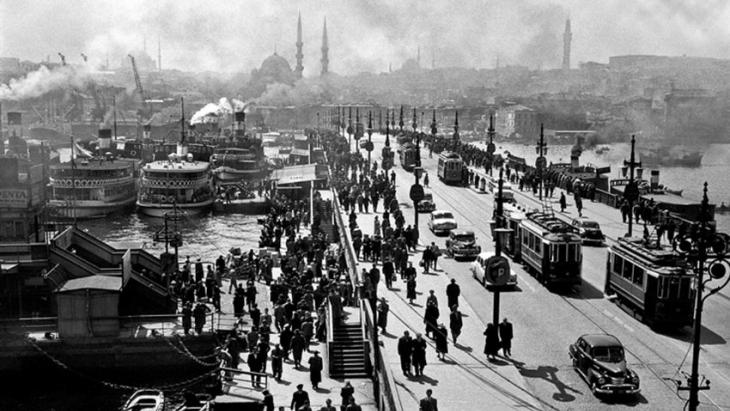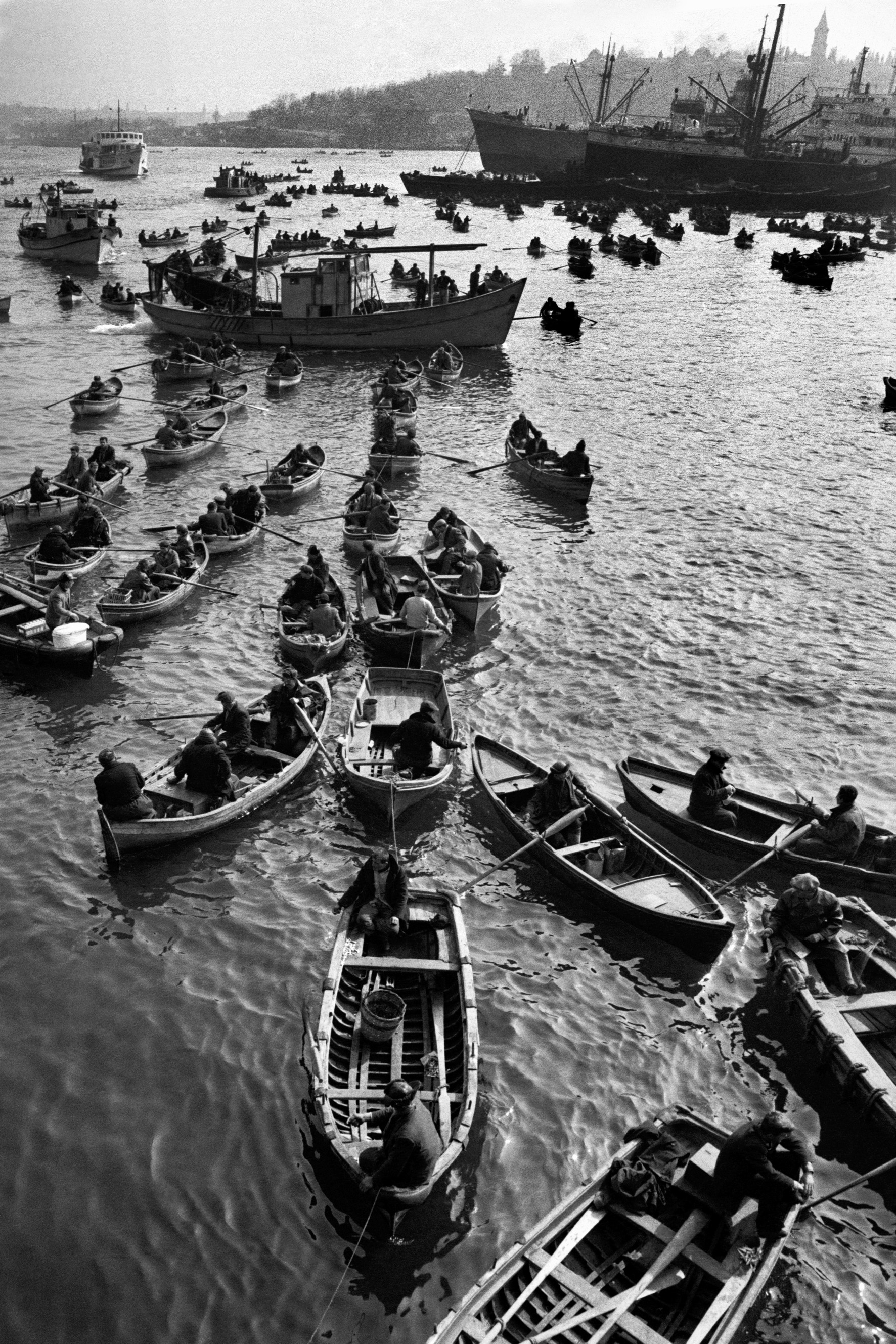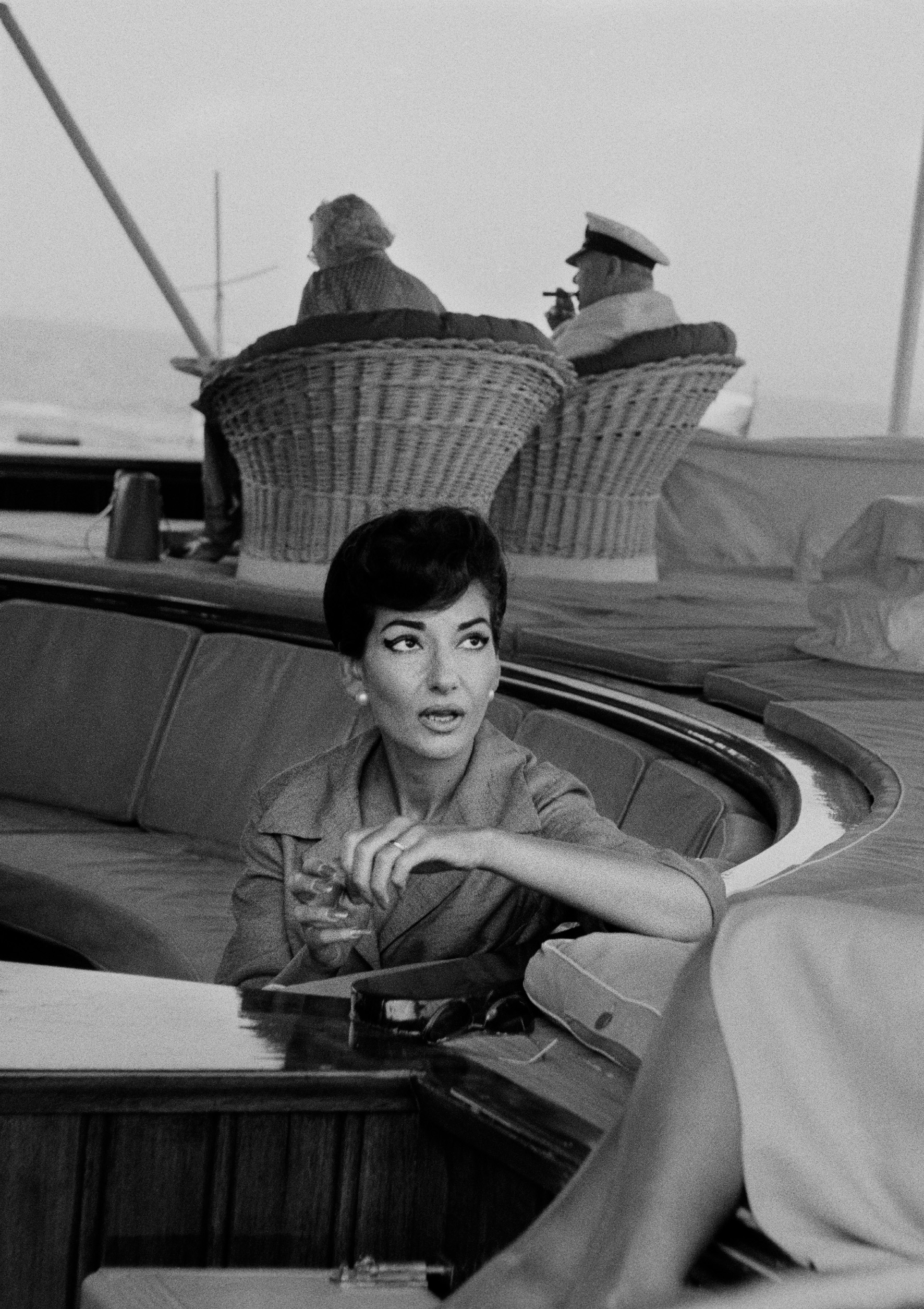The man who photographed Istanbul

"I think retrospectives have a more profound significance than normal exhibitions, because they provide a summary of the entire life of a person and allow the viewer to immerse themselves more deeply in the work. They are also a good way of presenting a full overview of the artist. Whether this is then satisfactory depends of course on the work presented and the opinion of the visitor; that's not something I can judge. What I'm certain of is that they have a greater value than regular photographic exhibitions." So says Turkish photographer Ara Güler.
The images in this Berlin retrospective show that Ara Güler can without doubt be described as the Turkish grand master of black and white photography. Although Güler utilised this medium in a large part of his life's work and perfected his craft in the process, he did not use it exclusively. Says Güler: "For me there's no preference for black and white photography." During the most important phases of his professional life, black and white photography was quite simply the medium of the era. Later works show that he also worked with colour.

The role of the photographer
As far as his role as a photographer is concerned, Güler has very clear views: "I view the camera as a way of facilitating a visual record. It gives me the possibility of capturing a story, of realising something and recording it. There is something akin to a visual memory that the camera activates. Historians always rely on written records. But in actual fact, the greatest historical events were captured by documentary filmmakers or photojournalists. They are the ones who actually went to the key places. For example, most of the reporters killed in the Vietnam War were photographers. Reporters always have it easier."
In the early stages of his professional life, Ara Güler came into contact with the heavyweights of documentary photography such as Henri Cartier Bresson. Even before he had turned 30, he was working as the Middle East correspondent for "Time" and "Life" magazines and also for key publications such as "Paris Match" and "Stern". For many years, he was a partner of the world famous agency Magnum, which marketed his reportages all over the world, including his story about the historic ruins of Aphrodisias in south-western Turkey.
Throughout his life, Turkey remained his base. Nevertheless, he does not ascribe any great value to the nation's bridge-building function between Europe and the Middle East: "I see myself as an historian, and for this reason, such a distinction carries little weight as far as I'm concerned. Basically, an event is a happening that we see and that I capture with the camera. To capture an historic event is part of my work and to cover political events is, of course, of great importance for my profession. These are a part of reality, of history, and that means I have to follow them. But I'm not a chronicler of political events in that sense. I'm not a newspaper reporter who only observes current events."

A focus on people
This attitude is also reflected in the images on display in the Berlin exhibition. Güler's pictures are less striking for their journalistic attributes than for their observational qualities and refined ability to capture scenes of everyday life. As a result, people were the focus of much of his work: "I'm a photographer of people, of events involving people, and what makes people what they are."
This becomes especially clear in Güler's images of Istanbul, which form the core of the Berlin retrospective. They fill the entire atrium of the Willi Brandt House and a section of the gallery. This presents the visitor with a wonderful, partially nostalgic view of the metropolis on the Bosporus. He has documented the changes undergone by the city, life on its streets and in its back yards, making repeated reference to Istanbul's relationship with the Bosporus and the sea.
However, a small number of other works by Güler are also on display, such as his reportage on Aphrodisias, his travel photography from India and Pakistan, and his portraits of artists, intellectuals and actors, which he produced in the US.
It goes without saying that more of the same would have been desirable in order to gain a full appreciation of Güler's oeuvre. That being said, the Berlin exhibition is a wonderful way of encountering Istanbul through the tutored eye of Güler the chronicler.
Felix Koltermann
© Qantara.de 2014
The exhibition, which is in the atrium und gallery of the Willi Brandt House in Berlin, runs until 1 February 2015. It is open Tuesday to Sunday from 12–6 p.m. (entrance free; ID required). The Berlin publishing house Nicolai-Verlag has published a detailed catalogue to accompany the exhibition (ISBN 978-3-89479-906-9).